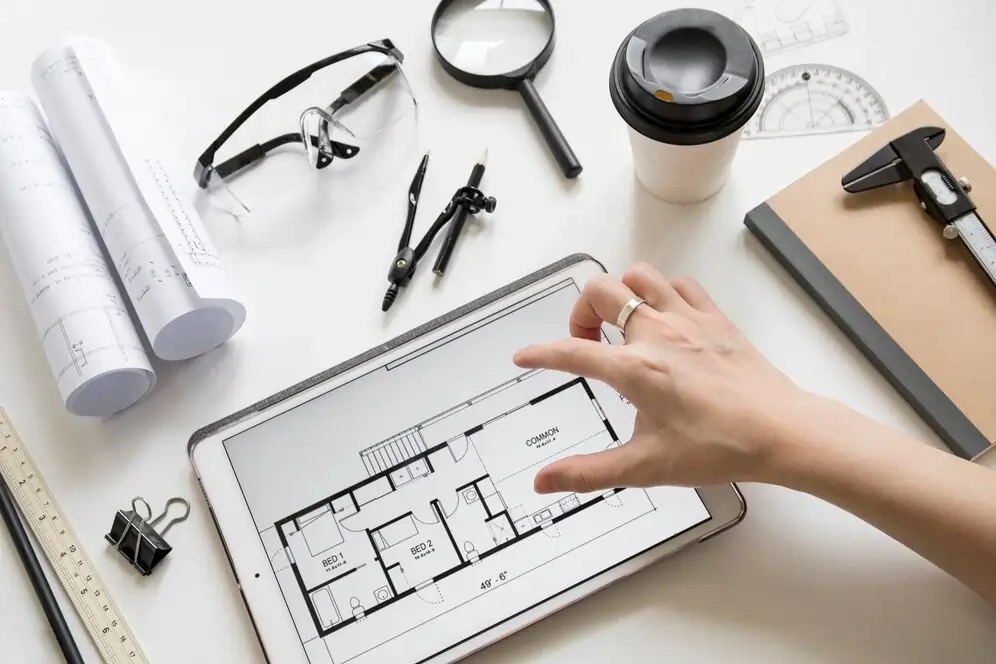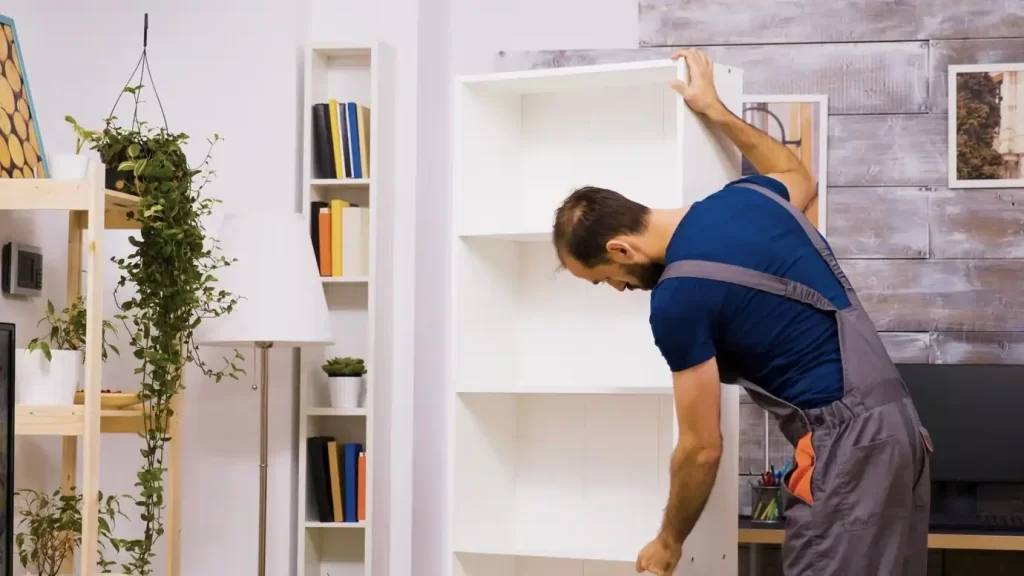
When designing your home, one of the most crucial aspects is furniture layout. Space planning plays a vital role in maximizing the function, flow, and aesthetic appeal of your interiors. Whether you’re working with a large living room or a cozy apartment, choosing the right furniture layout ensures your space feels inviting, comfortable, and functional.
we’ll guide you through the space planning essentials and offer practical advice on how to select the right furniture layout that fits your needs and lifestyle.
Space planning is the process of arranging furniture and other elements in a room to optimize its layout. A well-thought-out layout will create a functional flow and make the best use of available space. It also enhances the room’s overall design, making it feel spacious, balanced, and comfortable.
The key to effective space planning is understanding the function of each room. Is it a space for entertaining? A home office? A relaxing retreat? Each purpose requires a unique approach to furniture layout.
Furniture is the backbone of your interior design. It defines the room’s functionality and aesthetic appeal. Whether it’s your living room, bedroom, or office, how you position your furniture can completely alter the room’s atmosphere.

“The best interiors balance beauty with functionality, creating spaces that truly feel like home.”
“Smart space planning ensures that every corner of your home tells a story.”
Size and Shape of Furniture: Choose pieces that are proportionate to the room’s dimensions.
Functionality: Each item should serve a purpose, contributing to the room’s overall usability.
Flow: Furniture should be arranged to allow easy movement through the space.
By keeping these principles in mind, you can create a harmonious and effective layout that enhances the experience of the space.
Each room in your home requires a different approach to space planning. Here’s how you can tackle the layout for some of the most common rooms:
The living room is often the center of activity in your home. It’s where you entertain guests, relax with family, and unwind after a long day. The furniture layout should prioritize comfort, flow, and interaction.
Arrange seating so everyone can easily converse. Avoid placing furniture too far apart.
A popular layout is the facing sofas arrangement with a coffee table in the middle. This allows everyone to sit comfortably and engage in conversation.
If you have a TV, ensure it is visible from most seats without forcing everyone to turn awkwardly.
Maximize Comfort and Storage
Your bedroom should be a serene, restful space. The furniture layout should ensure a restful atmosphere while also offering ample storage.
Position the bed as the focal point of the room. Keep nightstands within easy reach, and leave enough space to move around.
Utilize under-bed storage or a dresser to avoid clutter. Consider wall-mounted shelves or storage units to maximize space.
Kitchens are more than just places for cooking; they are multi-functional spaces that need an efficient furniture layout for ease of use. A good kitchen layout should make food prep, cooking, and cleaning as seamless as possible.
The work triangle is a classic layout where the stove, sink, and fridge form a triangle for efficiency.
Use cabinetry and storage solutions that allow easy access to frequently used items.

With many people working from home, setting up a home office with the right layout is essential. You need a workspace that fosters focus and productivity.
Position your desk where you have good lighting, either natural or artificial.
Opt for multifunctional furniture like desks with drawers and shelves to keep the space organized.
One of the most important aspects of furniture layout is ensuring good traffic flow. You don’t want the furniture arrangement to block pathways or create cramped spaces.
Leave space between furniture: Ensure there’s enough room between pieces for easy movement.
Avoid blocking doors: Keep furniture away from doorways to allow smooth transitions.
Create clear paths: Maintain open walking paths between furniture pieces, especially in larger rooms.
One of the most common mistakes in space planning is choosing furniture that is too large or too small for the room. Proportions and scale are key to achieving a balanced and aesthetically pleasing layout.
Measure the space: Before purchasing furniture, measure the dimensions of the room and consider the furniture’s size.
Don’t overcrowd the space with too many pieces. Leave some areas open to allow for visual balance.
Consider room height: In rooms with high ceilings, use taller furniture, while lower-profile pieces work well in rooms with lower ceilings.
Furniture should not only fit the space but also align with the purpose of the room. The combination of function and style determines whether a layout will work effectively.
For a living room, focus on comfortable seating options like sofas, armchairs, and coffee tables.
In a bedroom, the bed should be the central piece, supported by nightstands, lamps, and a dresser.
Multi-functional furniture like fold-out beds or extendable dining tables is perfect for smaller spaces.
Add Style with the Right Pieces
Once functionality is in place, you can focus on style. Incorporate pieces that match your aesthetic preferences, whether it’s minimalist, traditional, or modern.
Complementing Each Other
Good lighting enhances furniture layouts by creating ambiance and improving functionality. When planning your furniture layout, consider how the lighting will interact with the furniture placement.
Use ambient, task, and accent lighting to enhance different areas.Consider the natural light: Place seating areas near windows or natural light sources for maximum comfort.
Using Technology for Space Planning
Technology has revolutionized the way we approach space planning. With various design tools available, you can visualize and optimize your furniture layout before making any physical changes.
Tools like SketchUp or AutoCAD help you digitally recreate your space and experiment with different layouts.

VR technology allows you to virtually walk through your space, making layout decisions easier.
Common Mistakes in Furniture Layout and How to Avoid Them
Overcrowding the space: Too much furniture can make a room feel cramped and uncomfortable.
Ignoring traffic flow: Always consider how people will move through the space before finalizing the layout.
Proportions mismatch: Ensure the size of your furniture is in harmony with the size of the room.
Choosing the right furniture layout is essential for effective space planning. By understanding the function of the space, considering traffic flow, and ensuring the right proportions and style, you can create a room that is both beautiful and functional.
Remember, the key to success in space planning is balancing function, flow, and aesthetics. Whether you’re furnishing a living room, bedroom, kitchen, or office, always plan with intention to create a space that works for you.
With careful space planning, your home can become a well-organized, visually appealing sanctuary that enhances your daily life.
varmagroup2021
November 23, 2024

Varma Group epitomizes entrepreneurial excellence, transforming ideas into thriving businesses” We are dedicated to establishing a trademark synonymous with quality products and cutting-edge technology, fostering sustainable growth.
Copyright © 2024 Varma Group. All rights reserved.